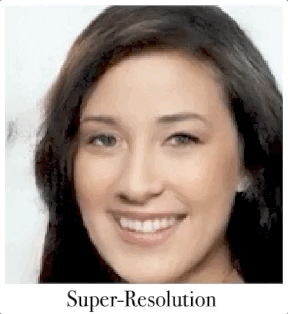SRFlow
Learning the Super-Resolution Space with Normalizing Flow
[Paper] ECCV 2020 Spotlight
Our paper explains:
- How to train Conditional Normalizing Flow
We designed an architecture that archives state-of-the-art super-resolution quality. - How to train Normalizing Flow on a single GPU
We based our network on GLOW, which uses up to 40 GPUs to train for image generation. SRFlow only needs a single GPU for training conditional image generation. - How to use Normalizing Flow for image manipulation
How to exploit the latent space for Normalizing Flow for controlled image manipulations - See many Visual Results
Compare GAN vs Normalizing Flow yourself. We've included a lot of visuals results in our [Paper].
Why I stopped using GAN - Blog
- Sampling: SRFlow outputs many different images for a single input.
- Stable Training: SRFlow has much fewer hyperparameters than GAN approaches, and we did not encounter training stability issues.
- Convergence: While GANs cannot converge, conditional Normalizing Flows converge monotonic and stable.
- Higher Consistency: When downsampling the super-resolution, one obtains almost the exact input.
Get a quick introductrion to Normalizing Flow in our [Blog].
Paper
@inproceedings{lugmayr2020srflow,
title={SRFlow: Learning the Super-Resolution Space with Normalizing Flow},
author={Lugmayr, Andreas and Danelljan, Martin and Van Gool, Luc and Timofte, Radu},
booktitle={ECCV},
year={2020}
}Code
- Due to our funding agreement we have to go through a legal process to publish the code.
- SRFlow is based on GLOW and and trained on a single GPU.

